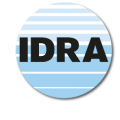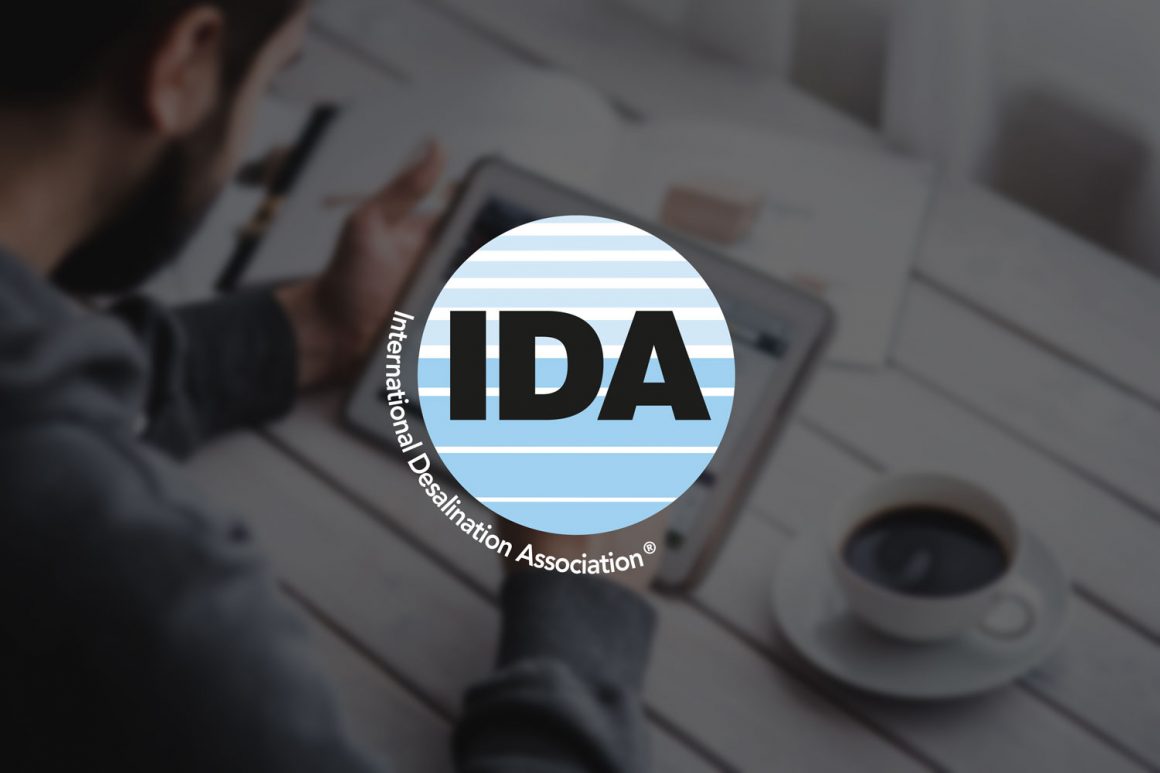International Desalination and Reuse Association Releases Latest Statistics on Desalination Market
Data Shows Third Year of Continued Growth in Desalination and Increased Adoption of Water Reuse
TOPSFIELD, MA, USA and LONDON, November 1, 2016 – According to new statistics released by the International Desalination and Reuse Association (IDRA), 2016 marks the third year of continued growth for the international desalination market following a slowdown in the mid2000s.
The 29th Worldwide Desalting Inventory, published by GWI DesalData in association with the IDRA, indicates that desalination totals were up 14% in mid-2015 over the same time period in 2014, showing an increase in activity after a 13-year low in the desalination market. The period June 2015 to June 2016 saw an increase of 3.7 million cubic meters per day (m3 /d) of desalination capacity added globally, compared to 3.2 million m3 /d the previous year.
Globally, the cumulative installed capacity of the 18,983 desalination plants considered to be online is 88.6 million m3 /d. This number includes plants under construction that are expected to be completed by end of 2016. The cumulative global contracted capacity as of June 30, 2016 reached 95.6 million m³/d.
Much of this added capacity came from a slew of awards for large-scale seawater projects, particularly in the Gulf region, as 2016 marked the third yearly increase in seawater capacity added, from 1 million m³/d additional capacity in 2014 to 1.6 million m³/d so far in 2016, surpassing 2015’s total by 200,000 m³/d. The increase in large-scale projects over the past three years also swung utility users back into the majority again, with nearly 60% of capacity awarded to utility users in 2015.
Meanwhile, the brackish desalination market held steady in 2015 while other feed water streams are near 2014 levels in 2016 after a strong showing in 2015. Interestingly, a resurgence of interest in reuse projects is occurring not only in North America but also in India and China, according to the 2016 – 2017 IDRA Desalination Yearbook, as the latter two markets experience continued industrialization and environmental control. Further global development of reuse solutions is expected as both industry and municipalities fully grasp the benefits of water reuse strategies.
“The reuse market is set to grow significantly as both industry and municipalities are beginning to fully grasp the benefits of water reuse projects, either for cost savings and/or environmental benefits and commitments,” said Patricia A. Burke, Secretary General of the International Desalination and Reuse Association.
The 2016 – 2017 IDRA Desalination Yearbook also shows that the largest gains in desalination capacity this year were in the Middle East and North Africa, driven by several new large projects and increased activity in Egypt and Oman. However, traditionally desalination-heavy Saudi Arabia saw mostly small projects this year as it deals with the maze of its national water policy and future desalination strategy as well as the effect of stubbornly low commodities prices.
“It may still take until 2021 and beyond before we see activity reach peak levels again, as forecast by GWI DesalData, in part due to the persistence in low commodities prices. The dependence of certain regional economies on these prices is cancelling out some of the increasing demand from such factors as population growth, increased industrialization, drought and climate factors, and competition for water resources,” said Francisco Virgili, Head of Data Analysis at GWI.
Commodity prices have also affected growth in Latin America, particularly in mining-heavy countries such as Chile and Peru, but competition for resources and a predicted recovery in prices should spur activity in the region in the medium-term. New forays into desalination by the Philippines and Nigeria also demonstrate new opportunities in an expanding global market.
The IDRA Yearbook also explores a number of other interesting trends in 2016. For example, the adoption of membrane technologies over thermal technologies continues globally, including in the traditionally thermal Middle East, aided in part by the reduced capital costs and versatility of reverse osmosis.
Private sector funding has also improved, surpassing 30% of total awarded capacity in 2015 for the first time in six years, and can also be attributed to the slew of new large-scale projects in the past year.
Copies of the 2016 – 2017 IDRA Desalination Yearbook are available free to IDRA members or can be purchased directly from IDRA or Global Water Intelligence. For more details about IDRA membership, or to purchase copies of the Yearbook, contact IDRA at membership@idadesal.org. Copies may also be purchased by emailing Global Water Intelligence at ggaete@globalwaterintel.com.
About IDRA
The International Desalination and Reuse Association (www.idadesal.org) is the point of connection for the global desalination and water reuse community. A non-profit association, IDRA serves more than 2,600 core members in 60 countries and reaches an additional 4,000 affiliate members. Its membership comprises scientists, end-users, engineers, consultants and researchers from governments, corporations and academia. IDRA is associated with the United Nations as part of a growing international network of non-governmental organizations (NGOs).
About Global Water Intelligence (GWI)
Global Water Intelligence (www.globalwaterintel.com/) is a monthly journal providing analysis and strategic data on the international water market. The publication boasts a network of specialist water and financial journalists, based in-country with access to exclusive regional data. GWI has established itself as the market-leading publication for developers, suppliers, financiers, governments, utilities and municipalities seeking information and analysis on water projects with an element of private sector participation. GWI also publishes a number of industry-renowned market research reports and host several international water events annually.




